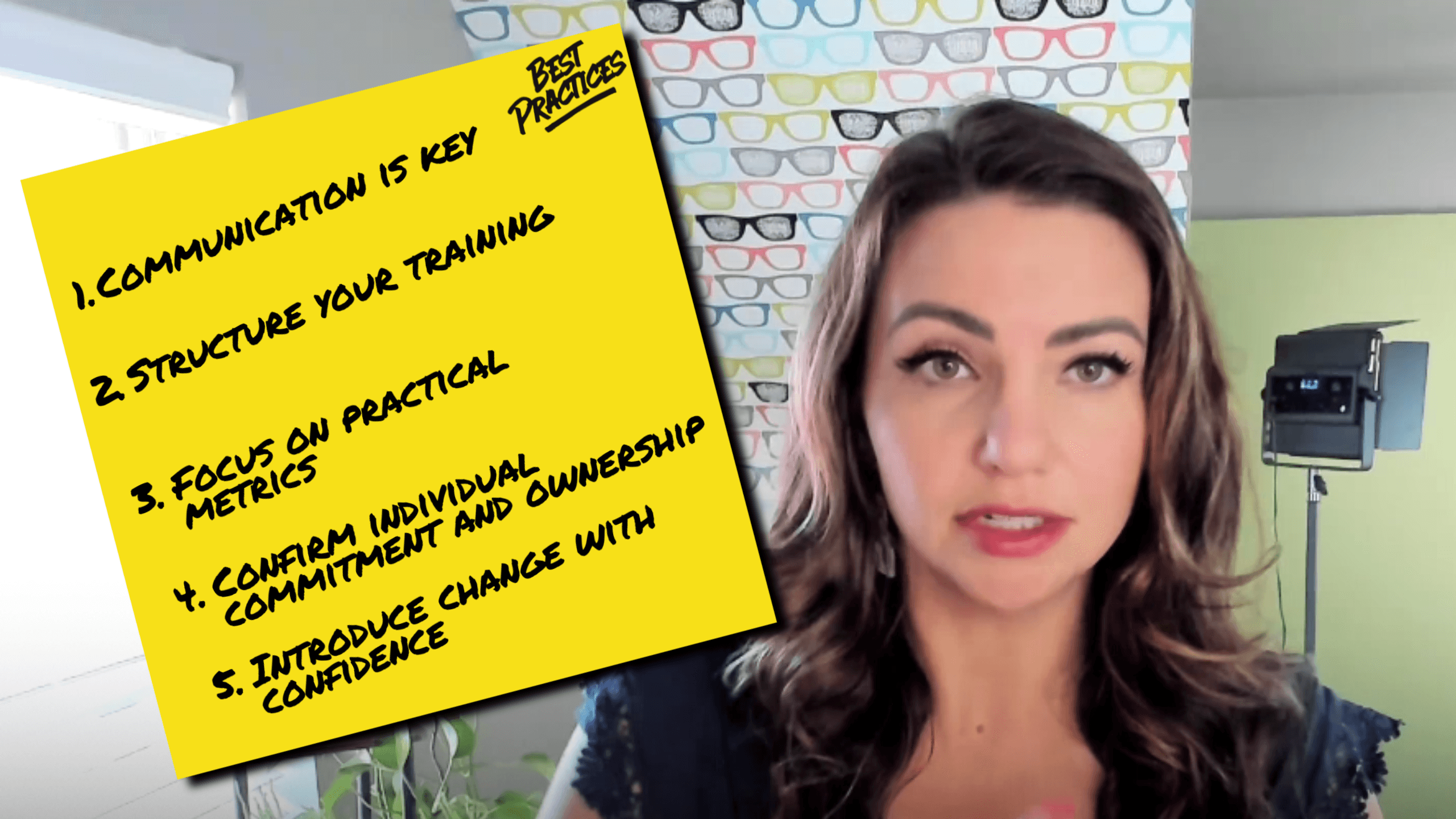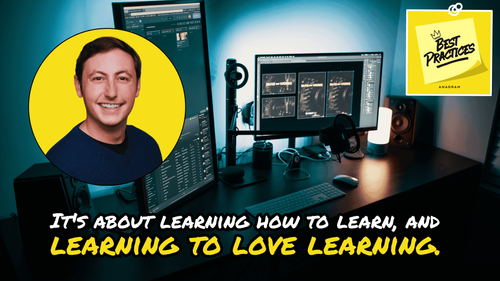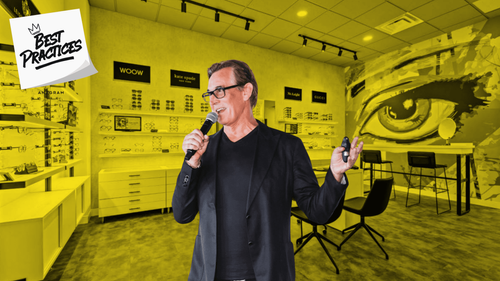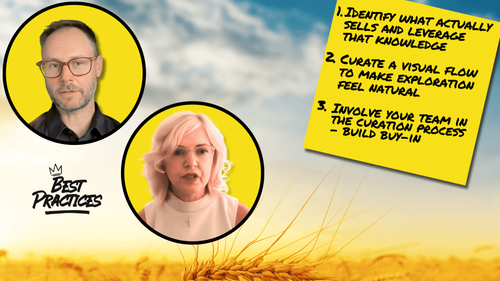Best Practices for Ongoing Training

Thriving as a practice in today’s hyper competitive marketplace means more than staying current with technology, it requires building a strong culture of continuous education. Host Steve Alexander sat down with Kayla Ashlee founder and CEO of Spexy, to share actionable insights on how optical practices can level up their training efforts.
Check Out the Podcast Here!

Communication and Structure
Training begins with a multifaceted approach to communication. Strong internal communication drives patient satisfaction and long-term team success. It's how teams connect, how patients feel heard, and how consistency is maintained. In order to stay ahead, practices must always identify opportunities to refine their communication strategies to ensure clarity and consistency across all levels.
In many practices, training can be reactive and inconsistent. Relying on shadowing or informal approaches leads to gaps in knowledge. A well-organized training program is structured with attainable goals, timelines, and intentional, relevant content.
Practical Metrics and Individual Ownership
Key Performance Indicators like capture rate and multiple pair sales are important, but hitting them takes more than just setting a target; look to break them down into behavior-based strategies. For example, if a KPI you’d like to track is multiple pair sales, simply telling your team to upsell more pairs of glasses won’t improve your situation. Understanding your patients’ needs and equipping staff with tools and language to meet them will have a measurable and more consistent impact on your KPIs.
Every successful training program starts with a commitment from each team member. In order to ensure this is the case, leaders in your practice need to show every employee how their actions contribute to broader goals. When personal goals align with the practice’s mission, accountability and motivation increase. This shift from a “group goal” mindset to individual ownership is key to sustained performance.
Training is a Process, Not an Event
Rolling out new services or equipment or products can feel overwhelming without proper preparation. Success depends on how well the team is trained to understand and communicate the value of those changes. Training with a focus on role playing and communication will help build comfort and fluency, ensuring team members can confidently engage with patients.
Encourage your team to engage with regional or national events that promote continuous learning whether through CE courses or less formal education. At minimum, this will foster a culture of curiosity which in turn changes how your team approaches your patients.
Optical practices that emphasize structured training, communication, and individual responsibility are better positioned to deliver high-quality care and grow sustainably. As Kayla Ashlee and Steve Alexander emphasize, training isn’t just an onboarding task, it’s a long-term investment in people and performance.



